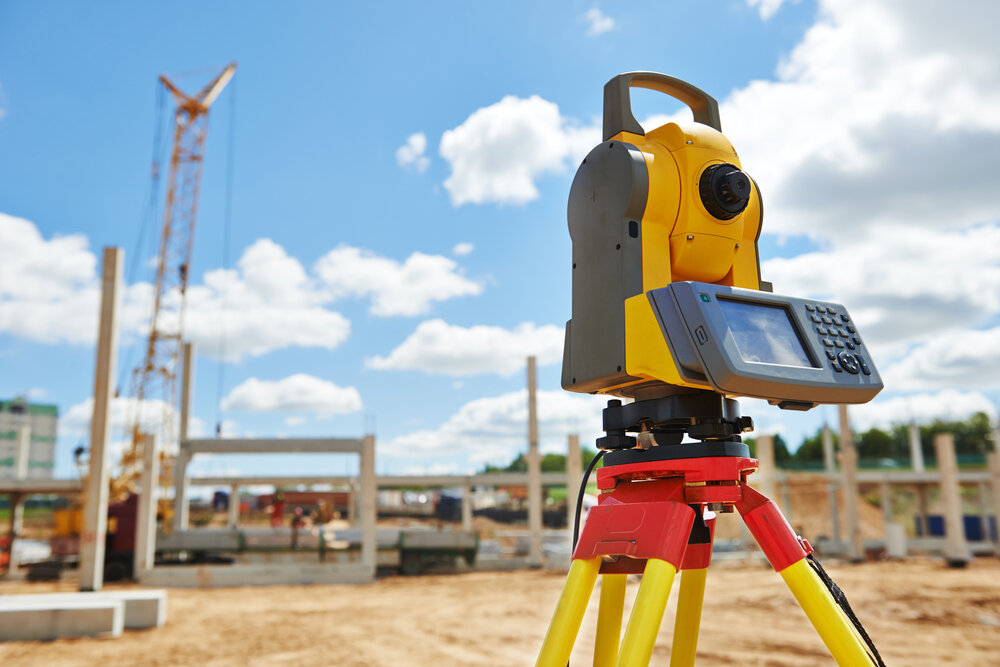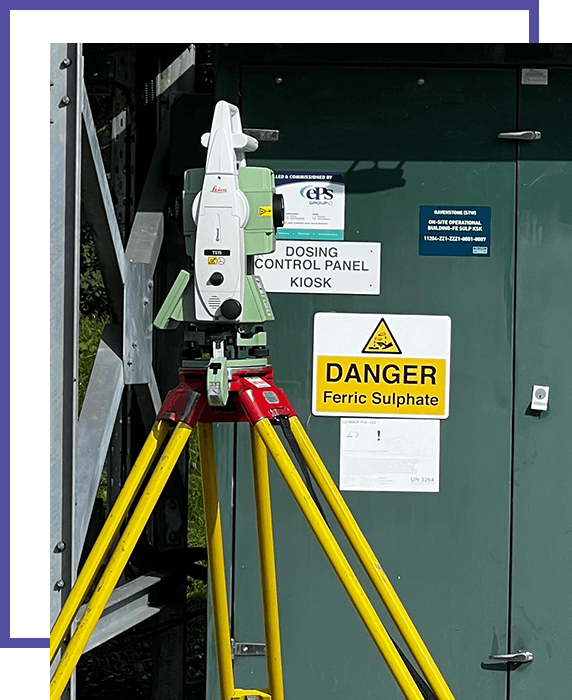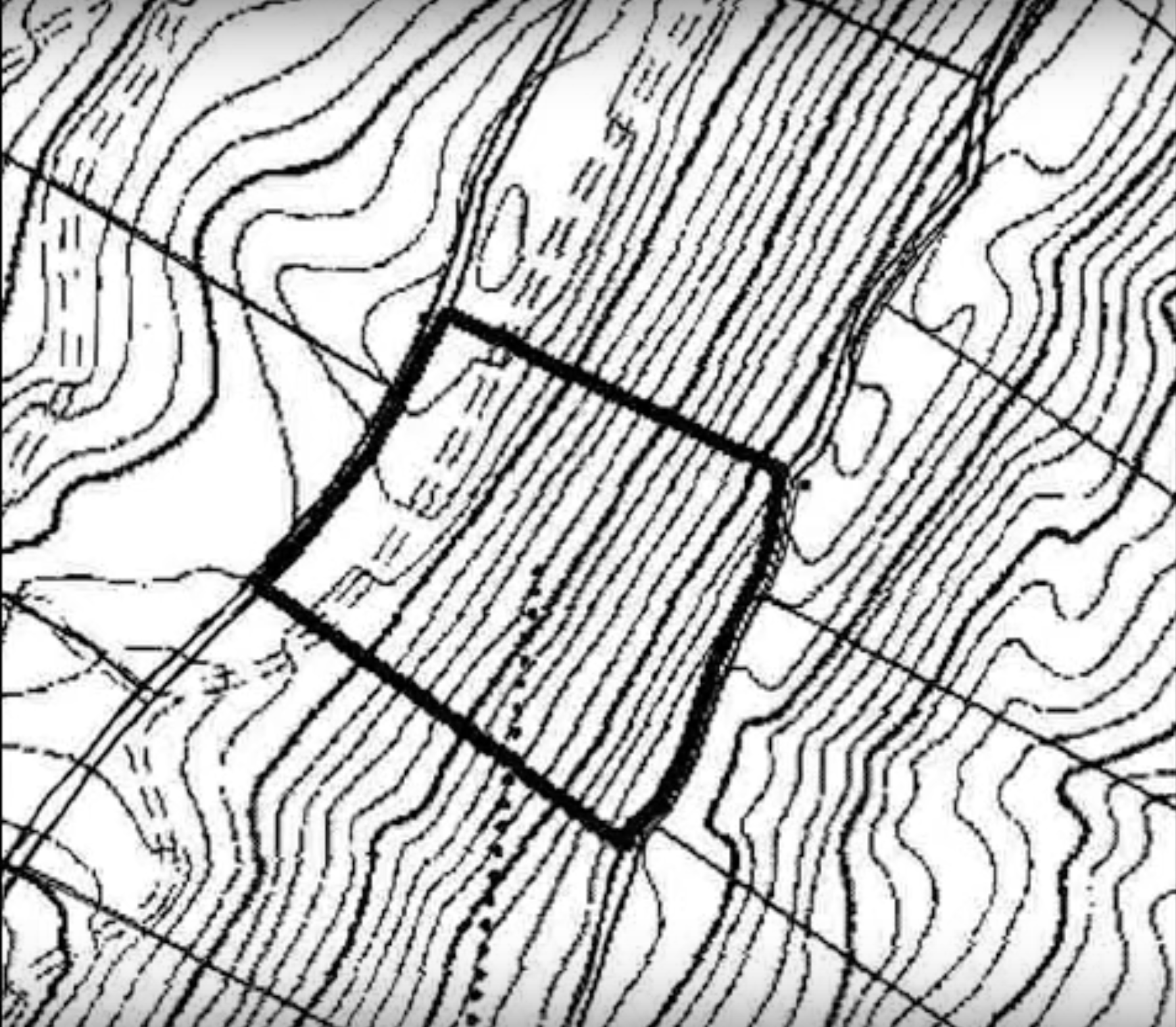Engineering Surveys: The Foundation for Safe and Effective Construction Projects
Engineering Surveys: The Foundation for Safe and Effective Construction Projects
Blog Article
Vital Tools and Methods in Laying Out Engineering
The discipline of laying out engineering relies heavily on a collection of important tools and strategies that underpin the accuracy and performance of job implementation. Instruments such as surveyor's degrees, overall terminals, and advanced GPS technology are essential for developing accurate recommendation factors. The combination of typical techniques with modern methods, consisting of geospatial evaluation and 3D modeling, offers significant benefits in envisioning website problems. Comprehending exactly how these elements engage is important for decreasing errors and enhancing task end results, yet the subtleties of their application frequently stay overlooked. What implications does this hold for future engineering practices?
The Significance of Accurate Measurements

The significance of accurate measurements prolongs beyond simple conformity; they are integral to the total effectiveness of design processes. Inaccuracies can result in material waste, project hold-ups, and increased labor costs, inevitably influencing the task's profits. Exact measurements boost the quality of the final item, making sure that it performs as intended and meets the assumptions of stakeholders.
Moreover, the significance of accurate dimensions is noticeable in various design self-controls, including civil, mechanical, and electric design. Hence, cultivating a culture that focuses on accuracy is necessary for the future of engineering.
Crucial Tools for Laying Out
Setting out, a crucial stage in the design and building and construction procedure, counts greatly on specific tools that ensure precise location and alignment of frameworks. Among these devices, the surveyor's level stands apart, providing specific straight dimensions important for establishing recommendation factors. This instrument enables engineers to establish elevation modifications and maintain harmony across the job website.
The total amount station is another indispensable tool, integrating digital range measurement with angular dimension capabilities. This technology enhances efficiency and accuracy in catching spatial information, permitting for reliable website layout and planning.
In addition, the usage of determining tapes and noting devices, such as chalk lines or risks, is fundamental for momentarily noting limits and vital points on the website. These standard tools, though straightforward, are crucial for making certain clear interaction amongst the building and construction group pertaining to project specs.
Finally, GPS innovation has actually obtained traction in laying out procedures, offering real-time placing information and significantly improving accuracy over conventional methods. Jointly, these important tools create the backbone of reliable laying out methods, ultimately contributing to the effective implementation of engineering and building and construction tasks.
Advanced Checking Techniques
Advanced checking techniques play a pivotal duty in boosting the accuracy and efficiency of design tasks. These techniques encompass a variety of methods that offer precise data for design and construction. Typical approaches, such as leveling and triangulation, have developed right into a lot more innovative techniques, including Complete Station surveys and Global Navigation Satellite find here Systems (GNSS)
Total Station tools integrate electronic theodolites with distance measurement capacities, enabling surveyors to collect accurate location information with fantastic rate. This innovation dramatically decreases errors connected with hands-on dimensions and supplies real-time data handling. Moreover, GNSS offers unequaled accuracy for massive jobs by making use of satellite signals to establish specific positioning, which is crucial for straightening structures and making sure conformity with style specifications.
Along with these devices, progressed strategies additionally include geospatial evaluation and 3D modeling. These methods enable engineers to imagine terrain and website conditions better, promoting far better decision-making throughout the planning phase. By utilizing these advanced evaluating techniques, design jobs can achieve better precision in format, decrease rework, and ultimately improve overall task success.
Digital Innovation in Design
The assimilation of digital innovation has actually transformed engineering methods, boosting both productivity and accuracy throughout numerous disciplines. Tools such as find out this here Structure Info Modeling (BIM) promote the visualization and monitoring of intricate tasks, enabling designers to team up flawlessly and make notified decisions. This innovation makes it possible for the development of comprehensive 3D versions, which can be evaluated for architectural integrity and performance before building and construction starts.

The application of synthetic intelligence and equipment learning in design processes better enhances predictive maintenance and optimization of resources. Generally, electronic innovation is improving the design landscape, driving advancement, and making certain that tasks are completed with higher effectiveness and minimized threat.
Ideal Practices for Execution
When carrying out electronic technology in design, it is essential to establish a tactical strategy that lines up with project objectives and business capacities. A comprehensive assessment of existing process and technology facilities is necessary to determine gaps and chances for enhancement. Engaging stakeholders early in the procedure fosters partnership and makes certain that the modern technology meets customer needs.

Project supervisors must adopt a repetitive implementation method, permitting adjustments based upon real-time responses and performance examinations. This nimble strategy not only reduces threats but likewise advertises continual renovation by including lessons learned.
Conclusion
Finally, the combination of necessary tools and advanced techniques in laying out engineering is important for making certain precision in measurements and effective project implementation. Using tools such as property surveyor's levels, overall stations, and GPS modern technology, along with modern checking methods, boosts precision and lowers the probability of errors. Taking on best methods in execution even more maximizes these procedures, inevitably cultivating enhanced job results in the engineering and construction fields.
The discipline of setting out design relies heavily on a collection of important devices and strategies that underpin the precision and performance of project implementation.In addition, the relevance of precise measurements is apparent in numerous engineering disciplines, consisting of civil, mechanical, and electrical design. By utilizing these advanced evaluating techniques, design jobs can achieve higher precision in format, minimize rework, and ultimately boost overall task success.
In general, digital innovation is reshaping the design landscape, driving technology, and making certain that tasks are completed with better effectiveness and lowered risk (setting out engineering).In final thought, the combination of necessary tools and advanced strategies in setting out engineering is crucial for ensuring precision in dimensions and effective job execution
Report this page